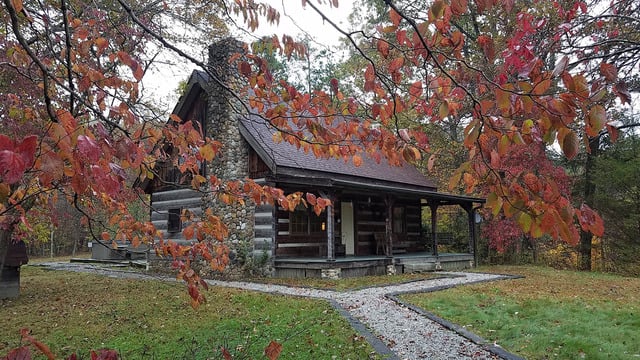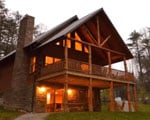MADISON LAKE STATE PARK
Lying within the vast Darby Plains of Ohio, Madison Lake is small and peaceful. The lake attracts anglers and offers excellent sailing, rowing and canoeing opportunities.
Madison Lake State Park lies within the Darby Plains of Madison County. These plains, before settlement, resembled smaller versions of the Great Plains found in the West. Ohio's original landscape, before being altered by man, was about 95 percent forest with the remaining 5 percent comprised of wetlands and prairies. In Ohio, there were about 1,000 square miles of prairie encompassing the land.
During a dry period, about 4,000 years ago, conditions were favorable that allowed prairies to expand eastward into Ohio. This extension known as the Prairie Peninsula covered an area east of the Missouri River, south of the Great Lakes and north of the Ohio River. In time, the climate became more humid and more favorable for forest growth. The prairie retreated to the Indiana-Illinois border leaving isolated pockets in Ohio. Few prairies survive in Ohio as agriculture, woody plants and Eurasian weeds have taken their toll. Prairies do still exist along highway and railroad right-of-ways, marsh borders and abandoned cemeteries.
One of the best examples of existing prairie in Ohio is within the Darby Plains of Madison County. Bigelow Cemetery State Nature Preserve near Chuckery contains significant prairie plants including big bluestem, Indian grass and purple coneflower. Smith Cemetery Prairie, also of Madison County, contains stiff goldenrod, gray willow and wild petunia.
Animals that favor the habitat of this area include the woodchuck (groundhog), red fox, ring-necked pheasant, 13-lined ground squirrel and numerous songbirds. Kestrels, horned larks, bobolinks and meadowlarks can be spotted in the park. The lake supports populations of migrating waterfowl and shorebirds.
This area was first settled by pioneers in 1796. Jonathan Alder, who was captured by Indians as a child and released fifteen years later, was the first permanent white settler along Big Darby Creek in the Darby Plains. Darby Creek was named after a Wyandot Chief (Darby) who resided along the stream.
Settlers considered the Darby Plains and other Ohio prairies almost worthless and unsuitable for farming, reasoning treeless land must be infertile. Wood for fuel and building materials had to be hauled from distant woodlands, and the wet prairies became impassable during heavy rains. During dry periods, fires frequently swept the landscape, and early attempts to plow the soil were thwarted by the tough, thick prairie sod. Eventually, as drainage systems improved and the steel plow was invented, settlement increased on the prairie. The Darby Plains soon became a well- known and important livestock center where large herds of cattle were raised and shipped to eastern markets. Perhaps this is due to the tough prairie sod being more suitable for grazing than for tilling. The livestock sales at London, Ohio obtained a wide distinction throughout the central and western states among cattle and horse dealers. On the day before the sales, the various roads leading to London became clogged with droves of cattle. The cattle were brought from Michigan, Indiana, Illinois and other states. Several thousand people would crowd the streets to witness the sales and transact business.
In 1946, a small tract of land in the area was deeded to the state of Ohio for the purpose of developing a lake. Under the supervision of the old Division of Conservation, a dam was constructed across Deer Creek. The lake was filled by 1947, and in 1950, the 106-acre Madison Lake was turned over to the newly created, ODNR Division of Parks and Recreation.
Ohio does not have an annual pass and does not charge entrance fees to state parks.
GeneralLand, acres76
Water, acres106
Day-UseFishingyes
Huntingyes
Hiking Trail, miles1
Picnickingyes
Picnic Shelters, #2
Swimming Beach, feet300
BoatingBoating Limits-1
Launch Ramps, #1
A 300-foot sand beach provides enjoyment for swimmers and sunbathers. Changing booths and latrines are provided.
The 106-acre lake is ideal for sailboats, row boats and canoes. A launch ramp is provided. Electric motors only are permitted on the lake.
Fishing is popular here and anglers will enjoy plentiful catches of bass, bluegill, crappie, channel catfish and bullhead. The north end of the lake is a designated hunting area for migratory game birds only. A valid Ohio fishing and/or hunting license is required.




